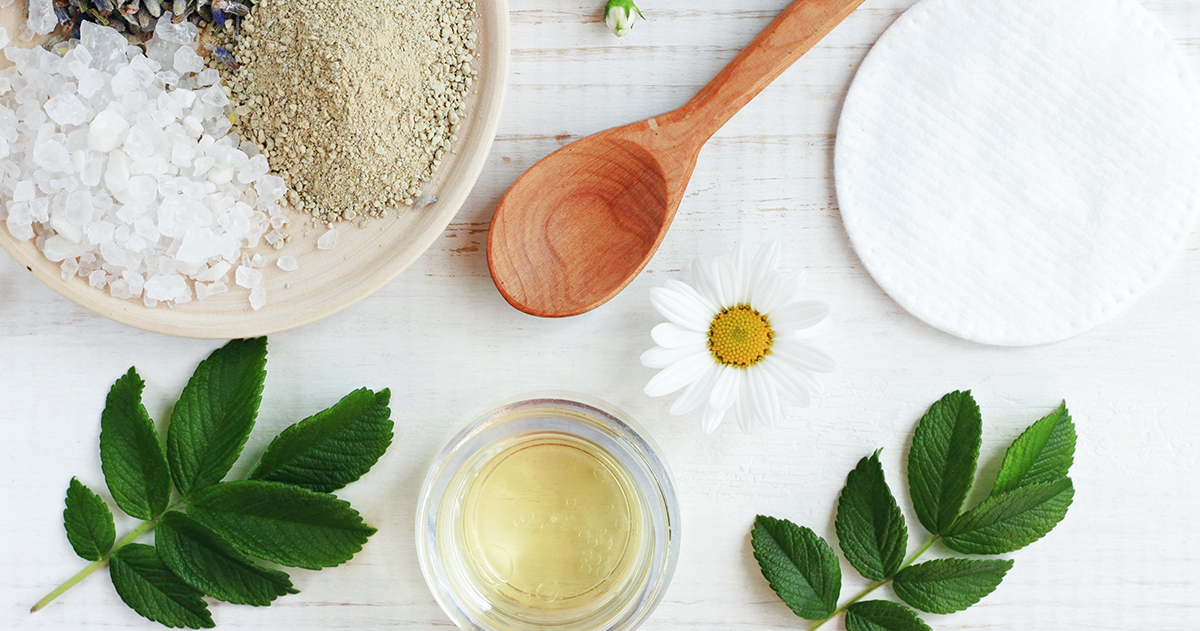
1. What is Clean Beauty?
Clean beauty refers to skincare, haircare, and cosmetic products made with safe, non-toxic ingredients that are ethically sourced and environmentally sustainable. Clean beauty brands prioritize transparency, avoiding potentially harmful ingredients such as parabens, phthalates, sulfates, synthetic fragrances, and other harmful chemicals.
2. Reading Ingredient Labels:
When shopping for clean beauty products, it's essential to read ingredient labels carefully and familiarize yourself with common harmful ingredients to avoid. Look for products with simple, transparent ingredient lists that are free from artificial additives, preservatives, and synthetic fragrances. Ingredients should be listed in descending order of concentration, with the highest concentrations listed first.
3. Common Harmful Ingredients to Avoid:
Some common harmful ingredients found in conventional beauty products include:
Parabens: Synthetic preservatives linked to hormone disruption and reproductive toxicity.
Phthalates: Plasticizing chemicals linked to endocrine disruption and reproductive toxicity.
Sulfates: Harsh detergents that can strip the skin of its natural oils and cause irritation.
Synthetic Fragrances: Fragrance blends that can contain hundreds of undisclosed chemicals, some of which may be allergens or irritants.
Formaldehyde-Releasing Preservatives: Preservatives that release formaldehyde, a known carcinogen, over time.
4. Clean Beauty Certifications:
Look for clean beauty certifications such as "Certified Organic," "Cruelty-Free," and "Vegan" to ensure that products meet certain standards for ingredient purity, ethical sourcing, and environmental sustainability. These certifications provide reassurance that products are free from harmful chemicals and produced in an environmentally responsible manner.
5. Natural and Organic Ingredients:
6. Educating Yourself:
Take the time to educate yourself about common harmful ingredients and their potential health effects. Resources such as online databases, clean beauty blogs, and consumer advocacy organizations can provide valuable information and guidance on making safer and more informed choices when it comes to skincare and cosmetic products.
7. Patch Testing:
Before using a new skincare or cosmetic product, perform a patch test to check for any potential allergic reactions or sensitivities. Apply a small amount of product to a discreet area of the skin, such as the inner wrist or behind the ear, and monitor for any signs of irritation or adverse reactions over 24-48 hours.
8. Trusting Your Instincts:
Ultimately, trust your instincts and listen to your body when choosing skincare and cosmetic products. If a product doesn't feel right or causes irritation, discontinue use and explore alternative options that align with your values and preferences.
In conclusion, navigating ingredient labels is essential for making healthier choices when it comes to skincare and cosmetic products. By familiarizing yourself with common harmful ingredients, reading labels carefully, and seeking out clean beauty certifications, you can make informed decisions that prioritize safety, transparency, and efficacy in your beauty routine.